High Heat Resistance (High Tg) PCB
High Heat Resistance (High Tg) PCB: Outstanding Performance for High-Temperature Challenges
Definition and Overview
In the field of electronic manufacturing, high heat resistance PCB (Printed Circuit Board) stands out for its unique properties, centered on its high glass transition temperature (Tg). This "Tg" serves as a critical indicator, marking the threshold temperature at which the material transitions from a solid state to a rubbery state. Exceeding this temperature significantly alters the material's physical form, potentially impacting its original functions and performance. Thus, for electronic devices requiring prolonged stability in high-temperature environments, adopting high Tg PCB becomes an indispensable choice.

Characteristics and Advantages
The defining characteristic of high heat resistance PCB lies in its Tg value, which typically surpasses 170°C. In contrast, traditional standard PCB often utilizes materials with a Tg value around 140°C, capable of enduring a working temperature of approximately 110°C. This limitation renders standard PCB insufficient for extreme temperature environments commonly encountered in industrial, automotive, and other high-temperature electronic applications. High Tg PCB, particularly those employing high-performance materials like FR4, excel in these conditions, demonstrating enhanced thermal stability and reliability.
When selecting PCB materials, it's crucial to ensure that the Tg value exceeds the expected operating temperature by a safety margin of at least 20-25°C. For instance, if a PCB boasts a Tg value of 170°C, it's advisable to operate the device at temperatures below 150°C to maintain long-term stability and safety.
Importance and Applications
The significance of high heat resistance PCB lies in its ability to significantly elevate the overall performance of electronic devices. Under high-temperature conditions, high Tg PCB maintains superior electrical properties, signal integrity, and resilience against thermal stress-induced structural damage, thereby extending the devices' lifespan. For high-power density designs, high Tg PCB is an indispensable solution, ensuring efficient heat dissipation and stability during high-performance output.
Furthermore, in the realm of multi-layer PCB and High-Density Interconnect (HDI) PCB, the superiority of high heat resistance PCB becomes even more evident. With densely packed components and intricate circuits, these PCBs generate substantial heat. High Tg PCB excels in thermal management and control, ensuring reliable operation even under intense workloads.
Conclusion and Services
In the rapidly evolving electronics industry, high heat resistance PCB has emerged as a key factor in enhancing product competitiveness and reliability. Minintel, as a specialist in PCB solutions, is dedicated to providing customers with FR4 and other high heat resistance PCB products tailored to their project needs. No matter how complex or specialized your application, Minintel's professional engineers will craft the most suitable solution and offer comprehensive technical support and consulting services. If you have any questions or requirements regarding high heat resistance PCB, please feel free to contact us. We are here to serve you with utmost dedication.

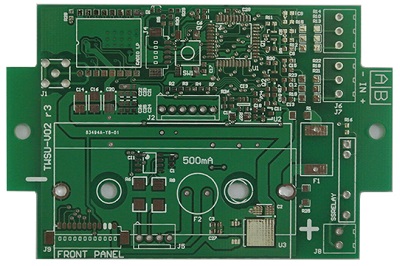 PCB
PCB FPC
FPC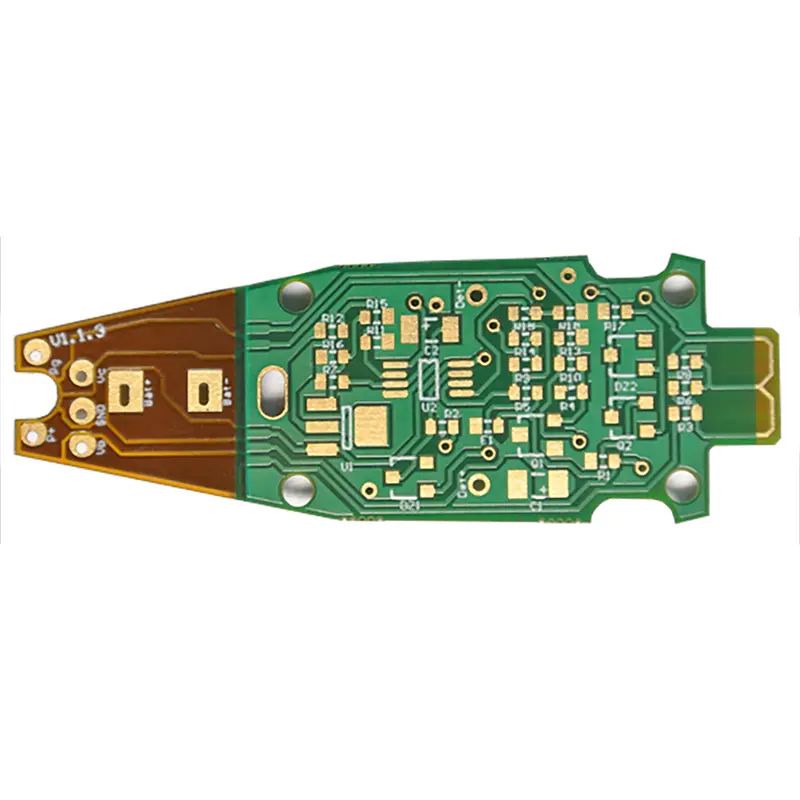 Rigid-Flex
Rigid-Flex FR-4
FR-4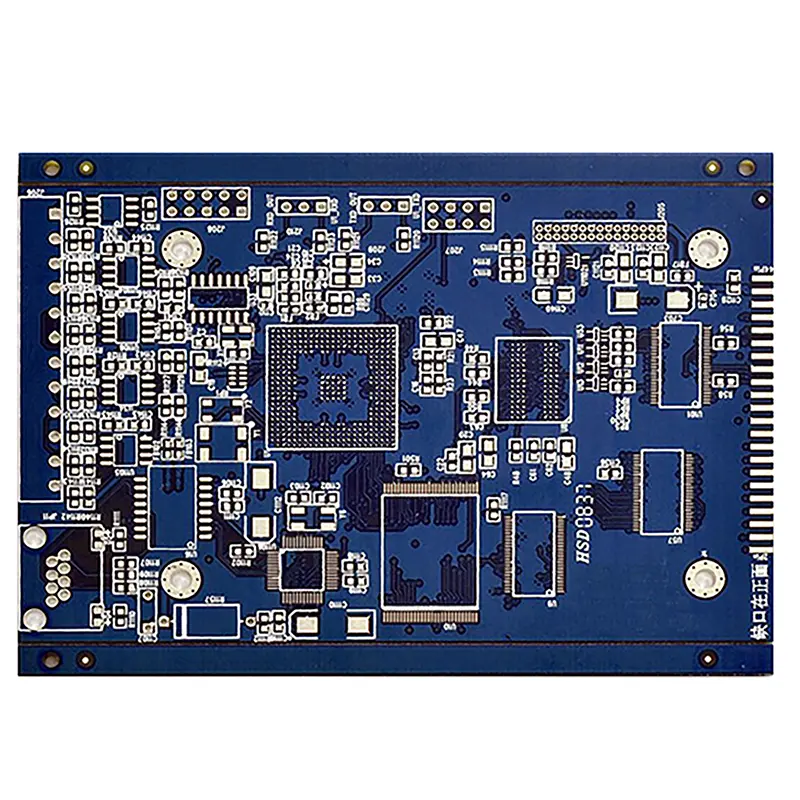 HDI PCB
HDI PCB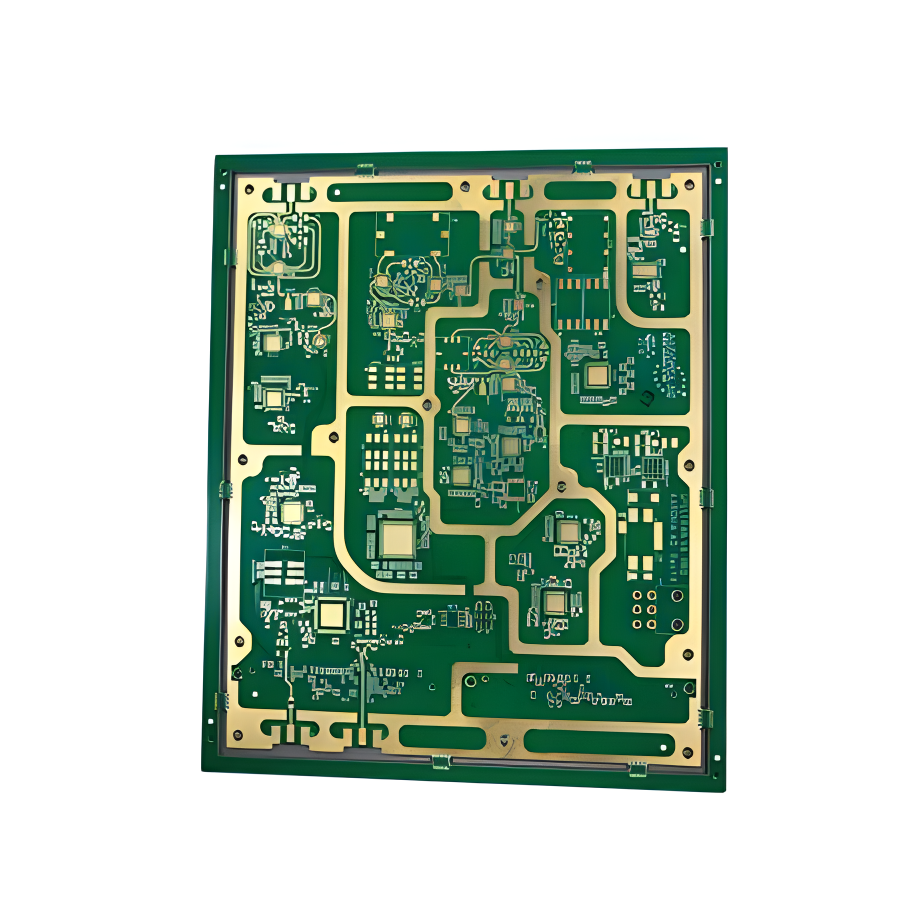 Rogers High-Frequency Board
Rogers High-Frequency Board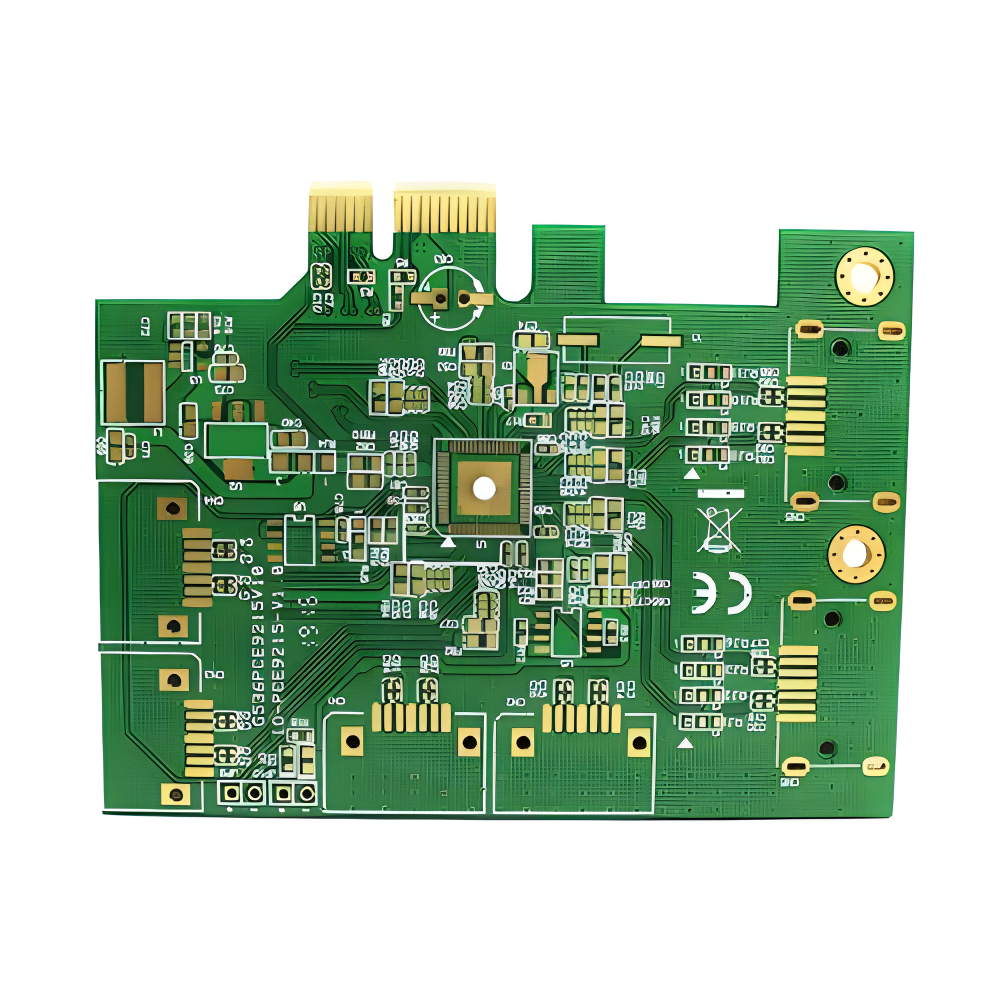 PTFE Teflon High-Frequency Board
PTFE Teflon High-Frequency Board Aluminum
Aluminum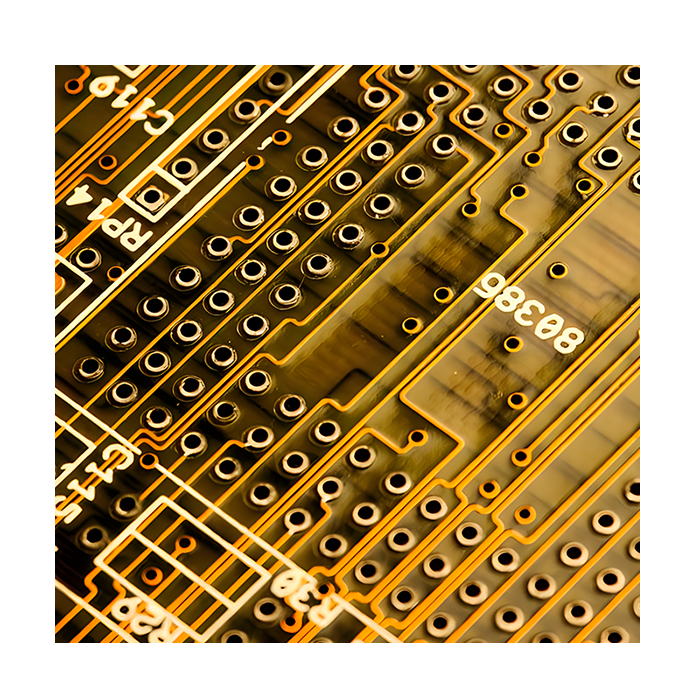 Copper Core
Copper Core PCB Assembly
PCB Assembly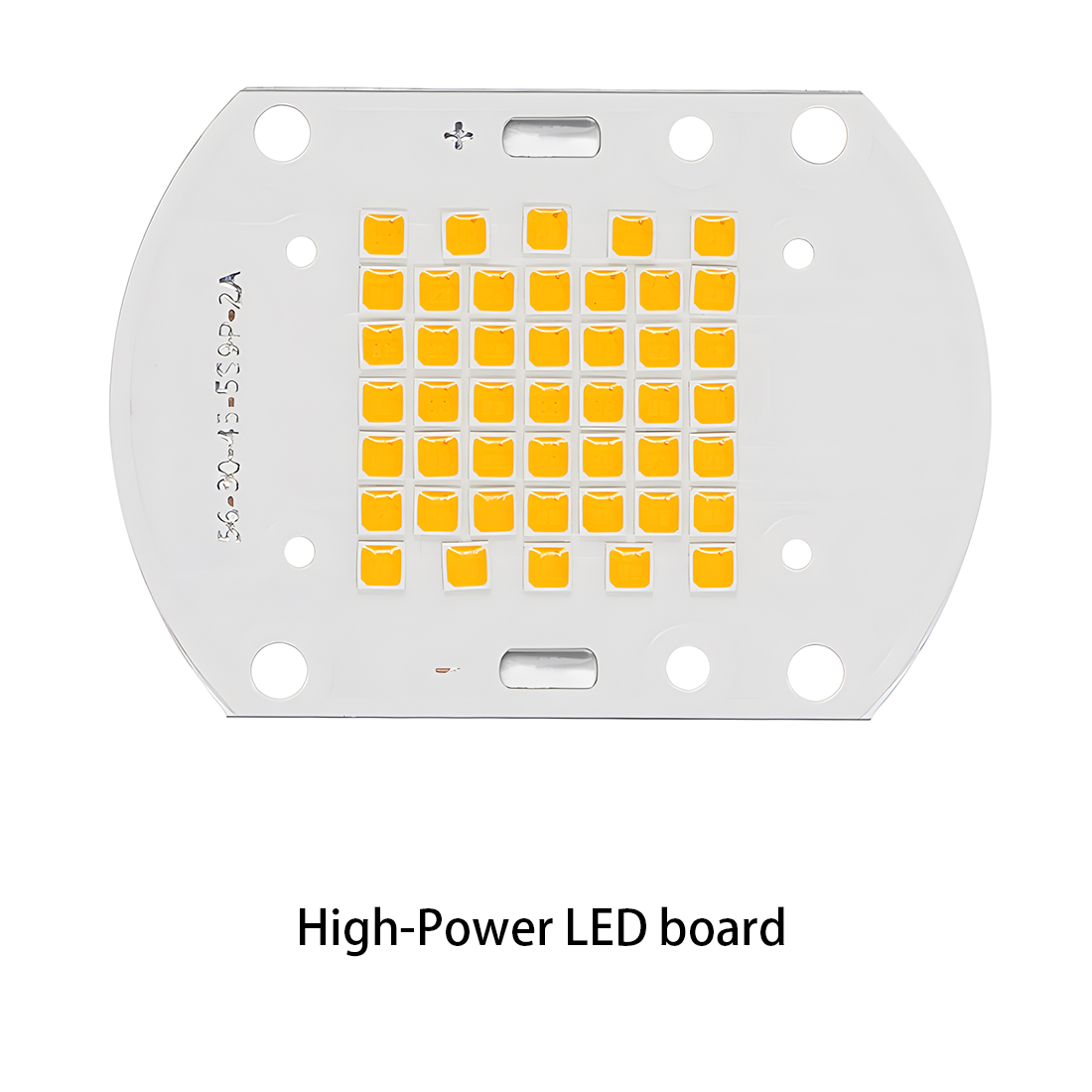 LED light PCBA
LED light PCBA Memory PCBA
Memory PCBA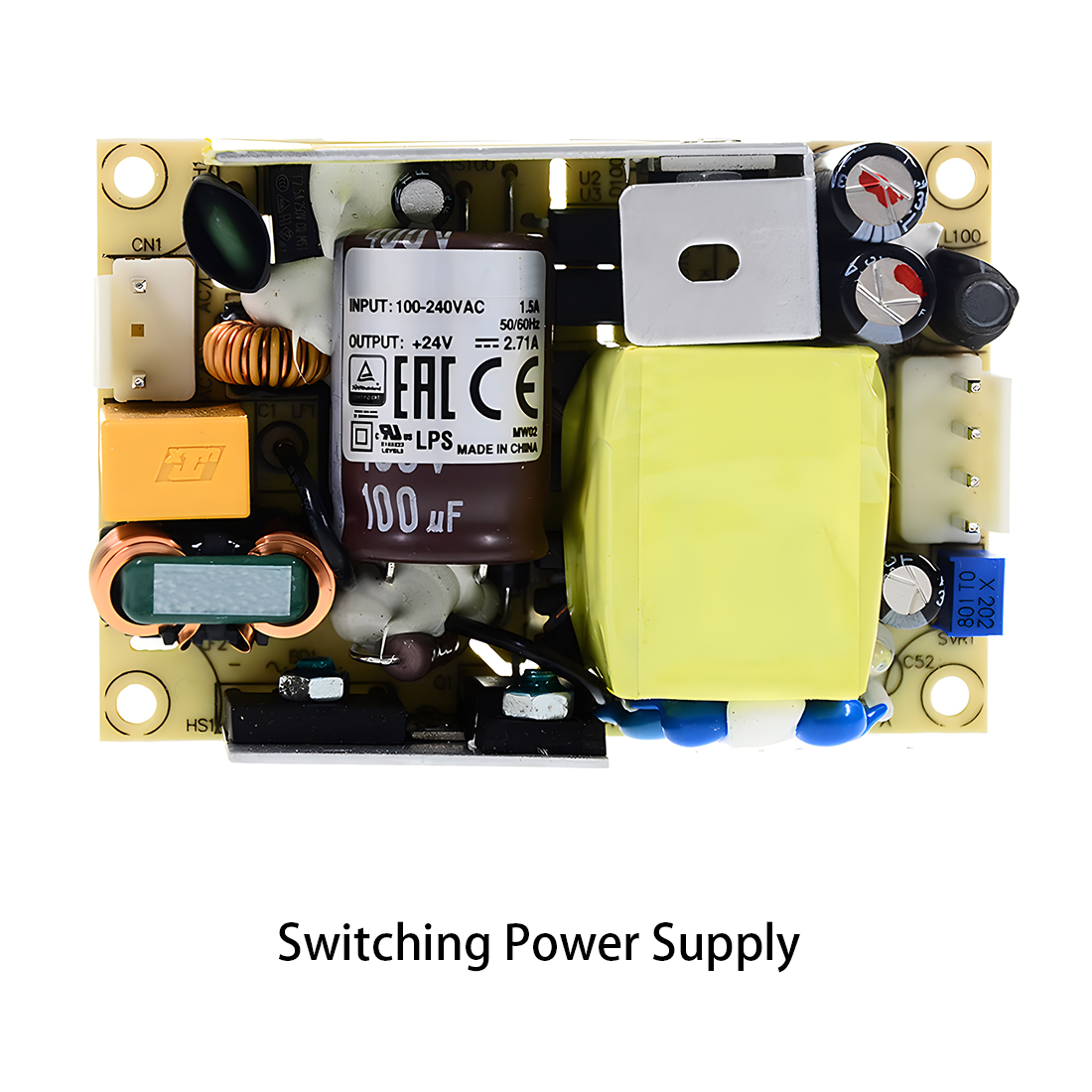 Power Supply PCBA
Power Supply PCBA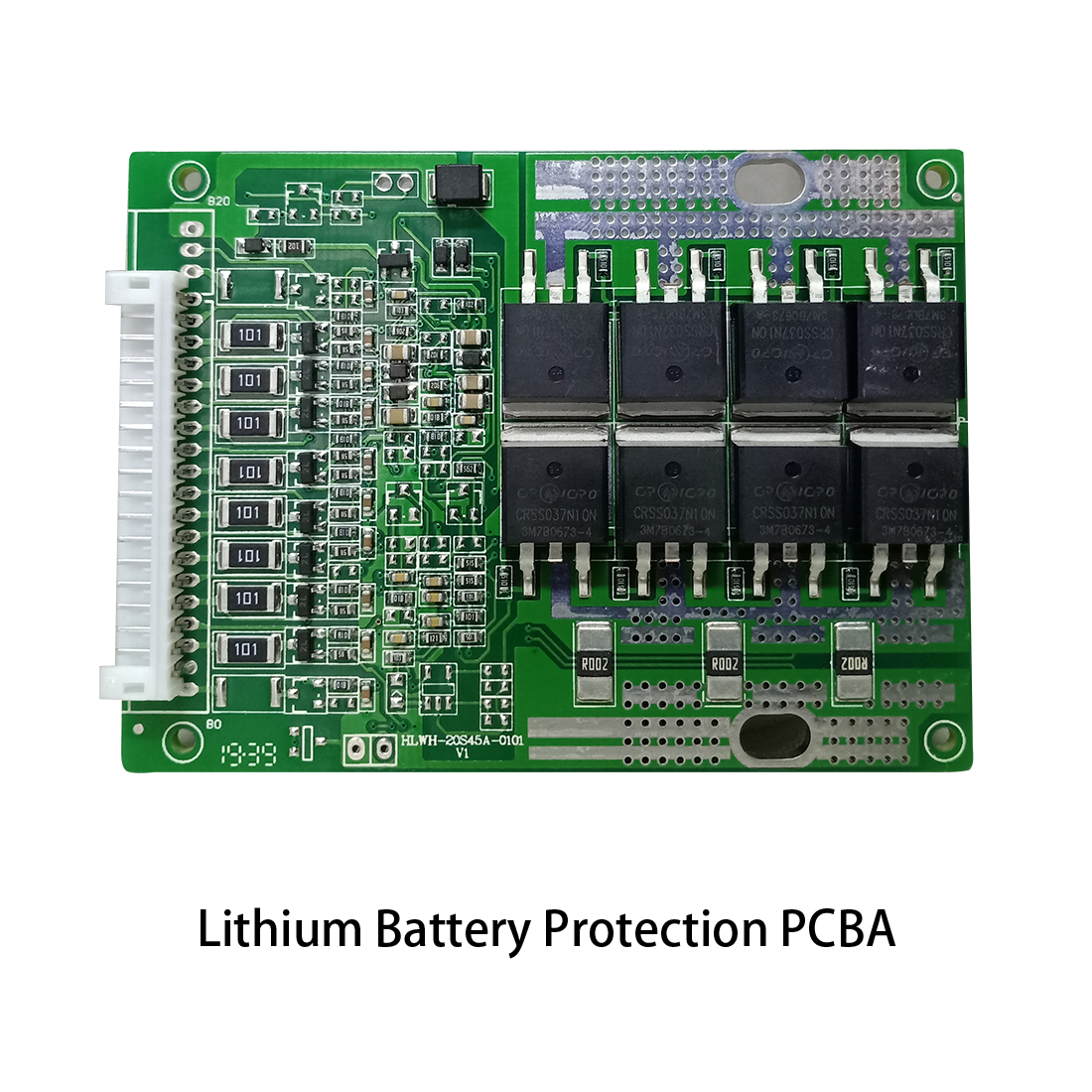 New Energey PCBA
New Energey PCBA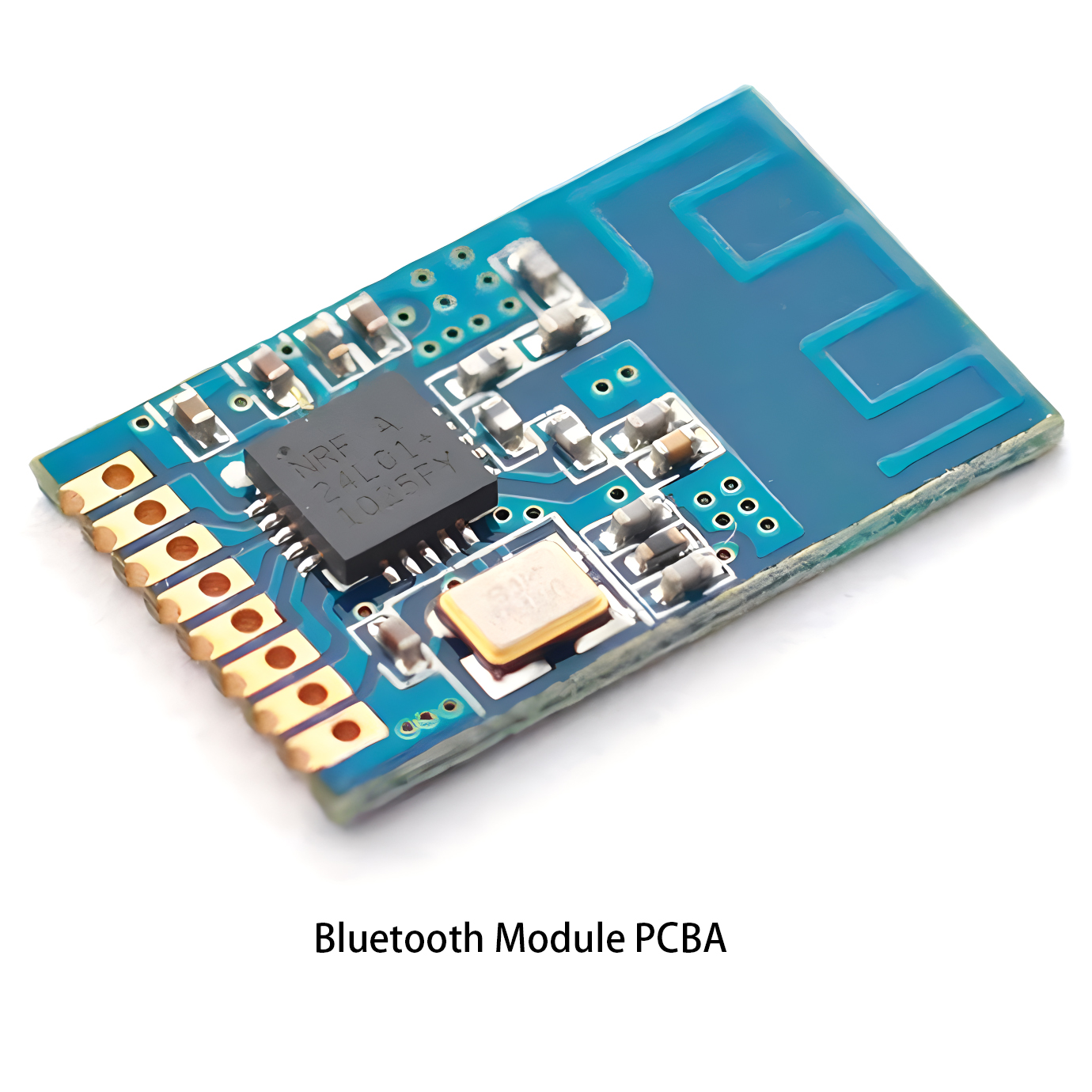 Communication PCBA
Communication PCBA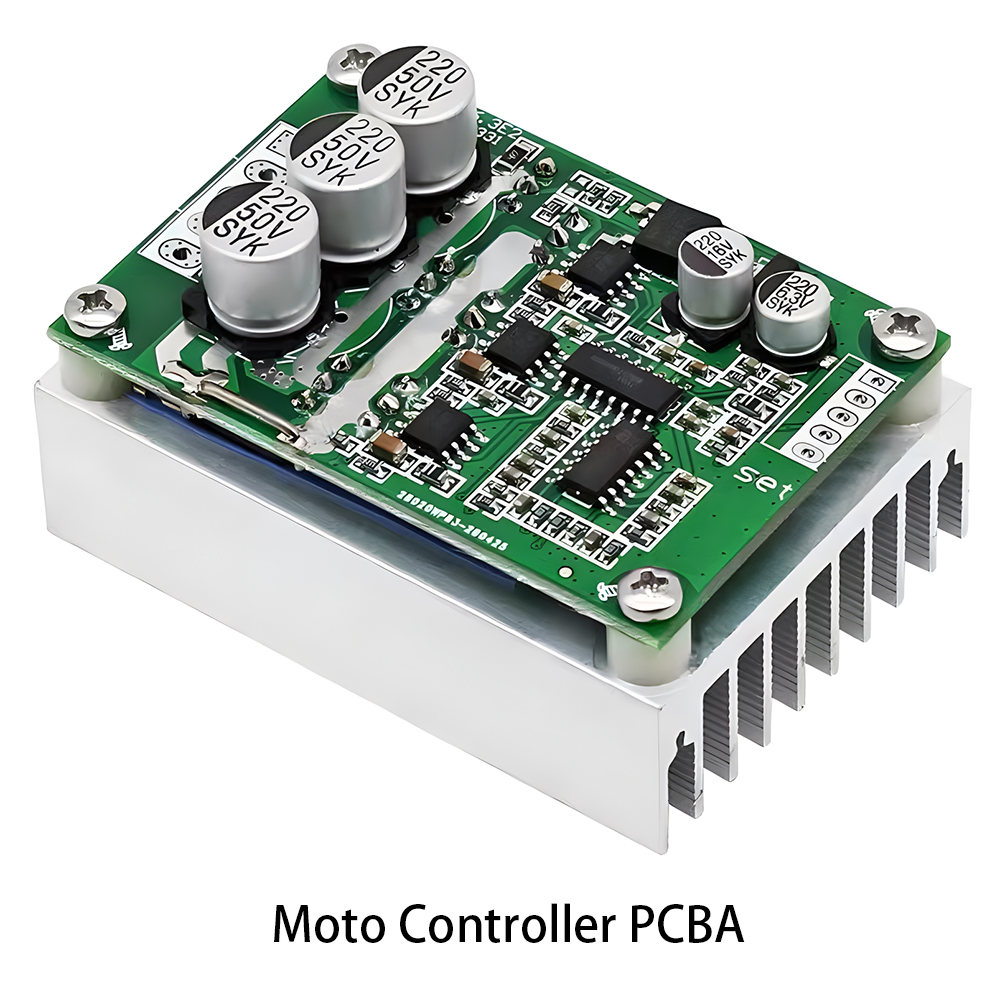 Industrial Control PCBA
Industrial Control PCBA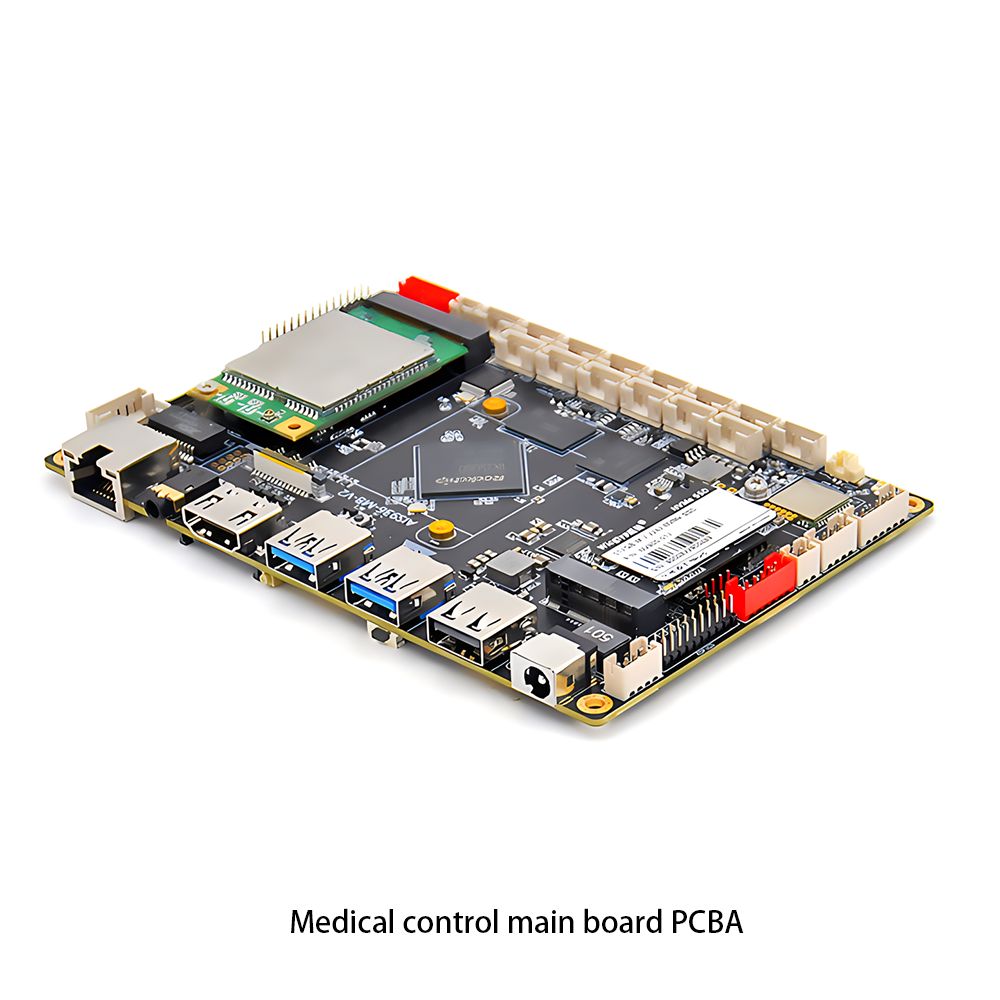 Medical Equipment PCBA
Medical Equipment PCBA Product Rebuild
Product Rebuild PCB Copy
PCB Copy IC Cracking
IC Cracking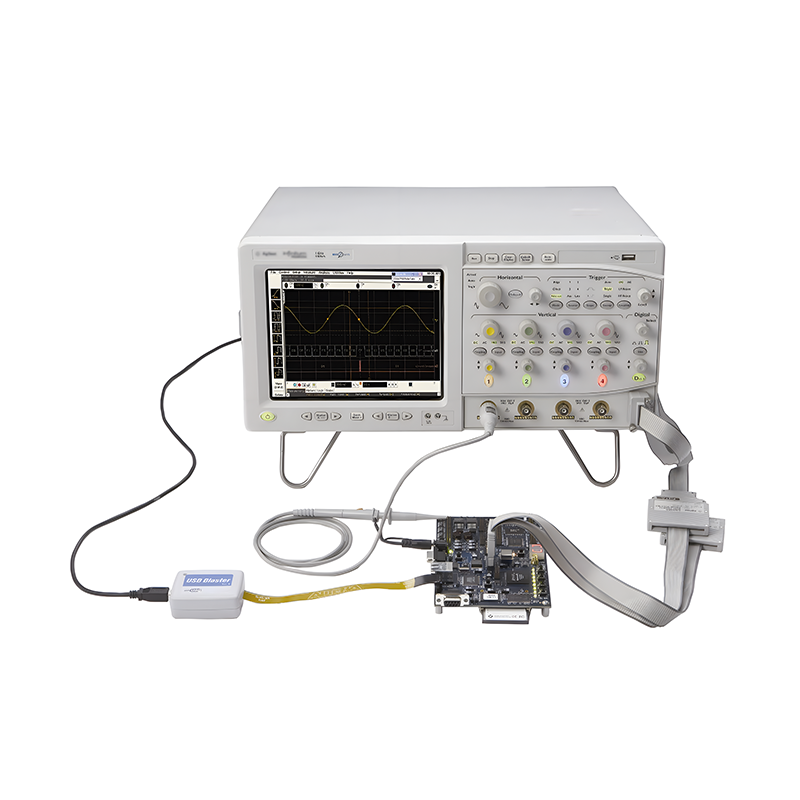 PCBA Testing Service
PCBA Testing Service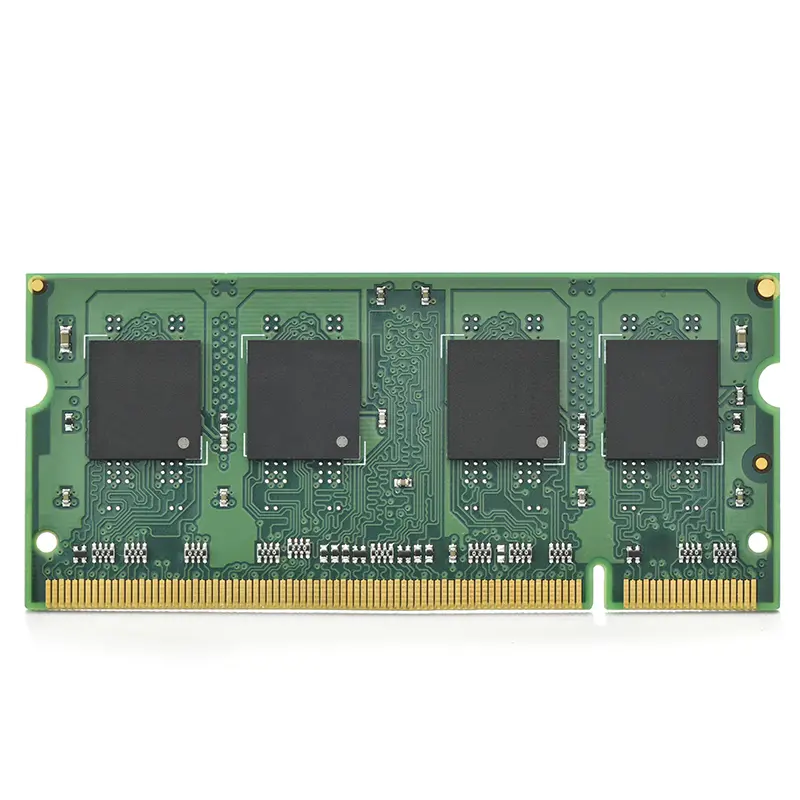 Certification Application
Certification Application RoHS Certification Application
RoHS Certification Application REACH Certification Application
REACH Certification Application CE Certification Application
CE Certification Application FCC Certification Application
FCC Certification Application CQC Certification Application
CQC Certification Application UL Certification Application
UL Certification Application Transformers, Inductors
Transformers, Inductors High Frequency Transformers
High Frequency Transformers Low Frequency Transformers
Low Frequency Transformers High Power Transformers
High Power Transformers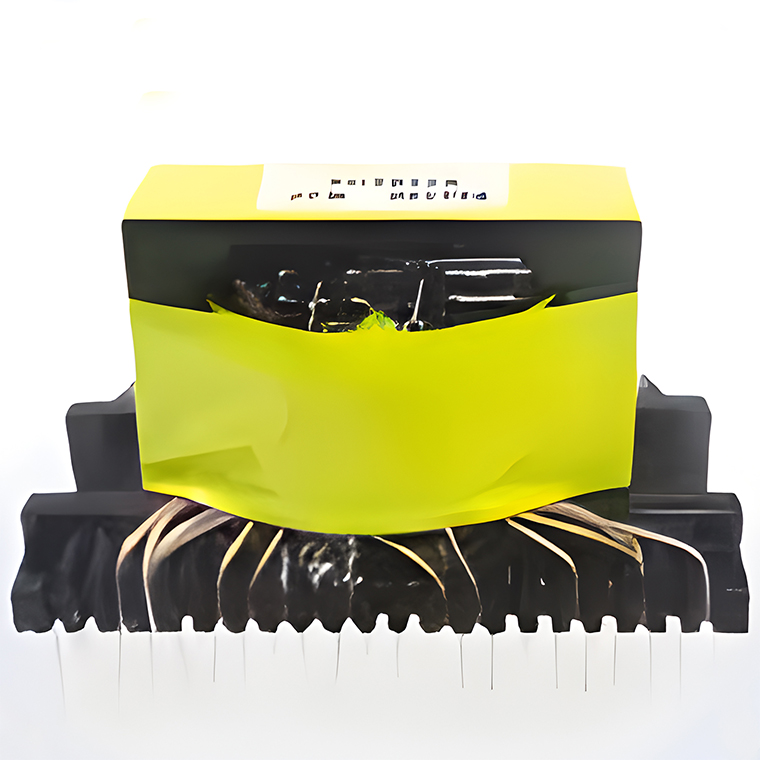 Conversion Transformers
Conversion Transformers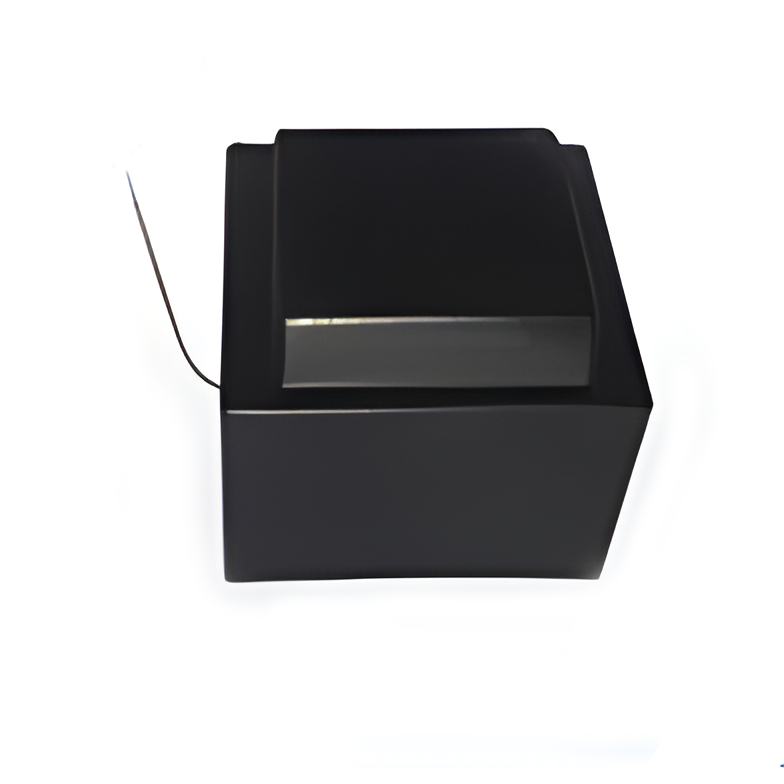 Sealed Transformers
Sealed Transformers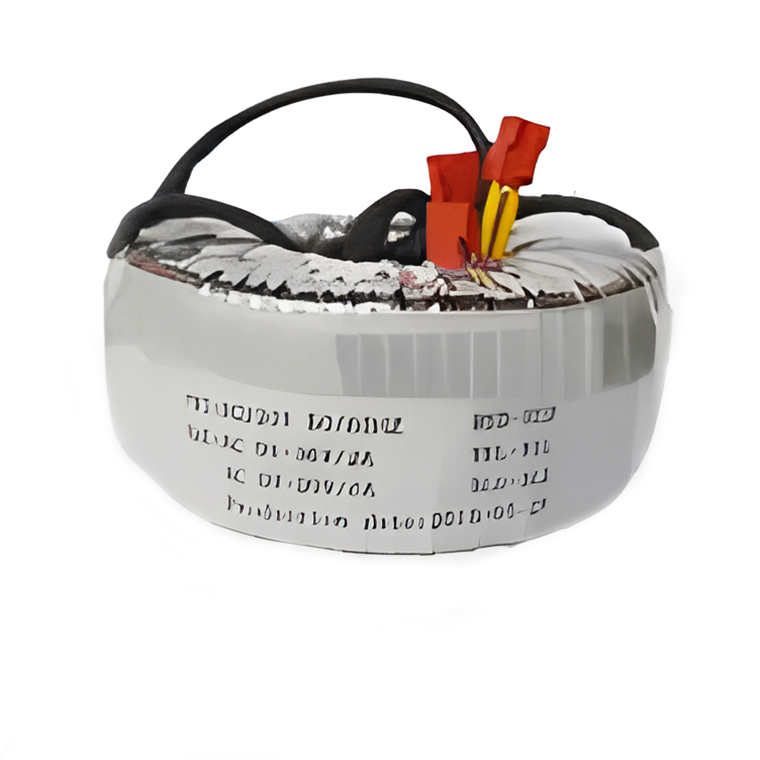 Ring Transformers
Ring Transformers Inductors
Inductors Wires,Cables Customized
Wires,Cables Customized Network Cables
Network Cables Power Cords
Power Cords Antenna Cables
Antenna Cables Coaxial Cables
Coaxial Cables Capacitors
Capacitors Connectors
Connectors Diodes
Diodes Embedded Processors & Controllers
Embedded Processors & Controllers Digital Signal Processors (DSP/DSC)
Digital Signal Processors (DSP/DSC) Microcontrollers (MCU/MPU/SOC)
Microcontrollers (MCU/MPU/SOC) Programmable Logic Device(CPLD/FPGA)
Programmable Logic Device(CPLD/FPGA)